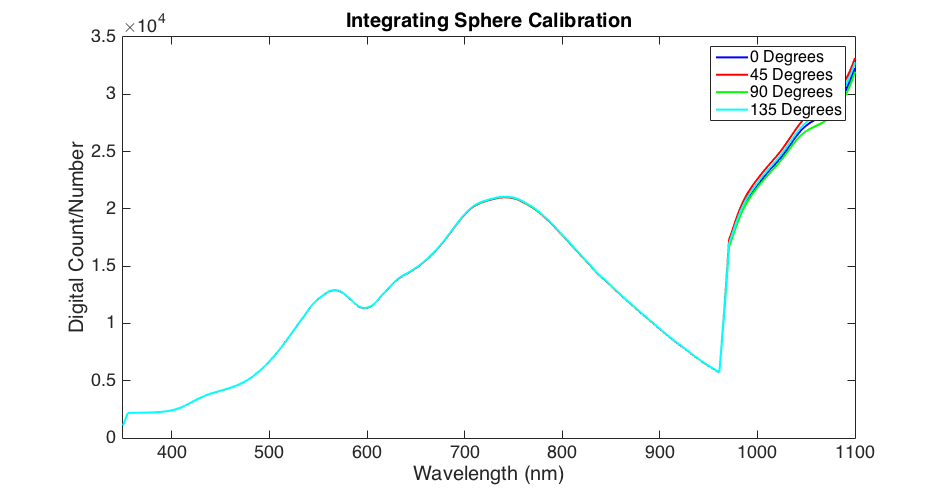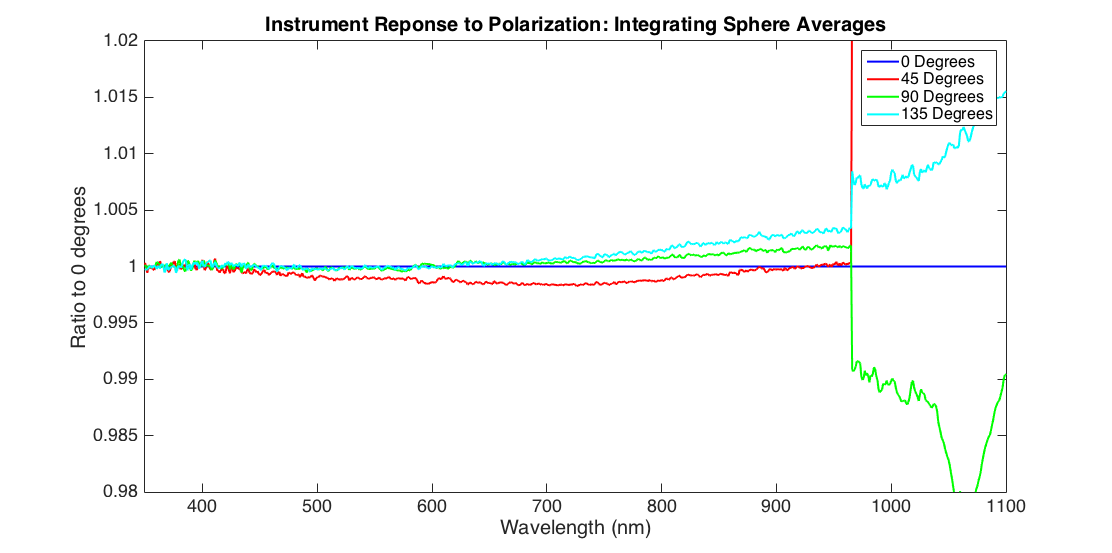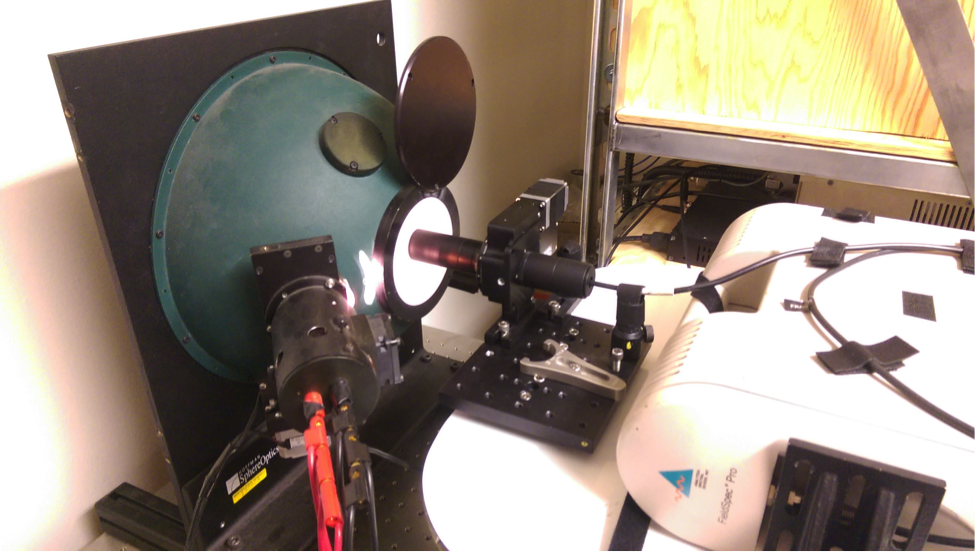Week 7 Log
July 13th - July 17th
On Monday, each of the REU students presented on their research. My presentation focused on measurements taken at 90 degrees from the sun in the principal plane (the plane containing the sun and zenith). Additionally my presentation discussed differences in polarization for clear and hazy days.
During the latter part of the week I started the calibration process for the Spectro-Polarimeter project. Since the project is using a linear polarizer on a rotation stage, it is inherent that light entering the instrument after each rotation is polarized differently. Also of note, before the light enters the instrument, it must pass through a fiber optic cable. As a result of these project features, the measurements are quite prone to significant instrument response.
One method for quantifying the instrument response is by using the instrument to measure a randomly polarized source. For instance, one such source would be the sun. Another would be an integrating sphere.
I plan to experiment with both sources of random polarization and compare. It is my hope that both produce consistent results and are comparable to each other.
Some of the potential problems are as follows. The integrating sphere is currently only calibrated for up to 1100 nm light. For the Spectro-Polarimeter project, I am measuring light ranging from 350 nm to 2500 nm. If the integrating sphere produces comparable results to the sun for light in the range of 350 nm to 1100 nm, then I will confidently be able to use calibration techniques using the sun as a source of random polarization.
 |
 |
 |
 |
 |
 |
 |